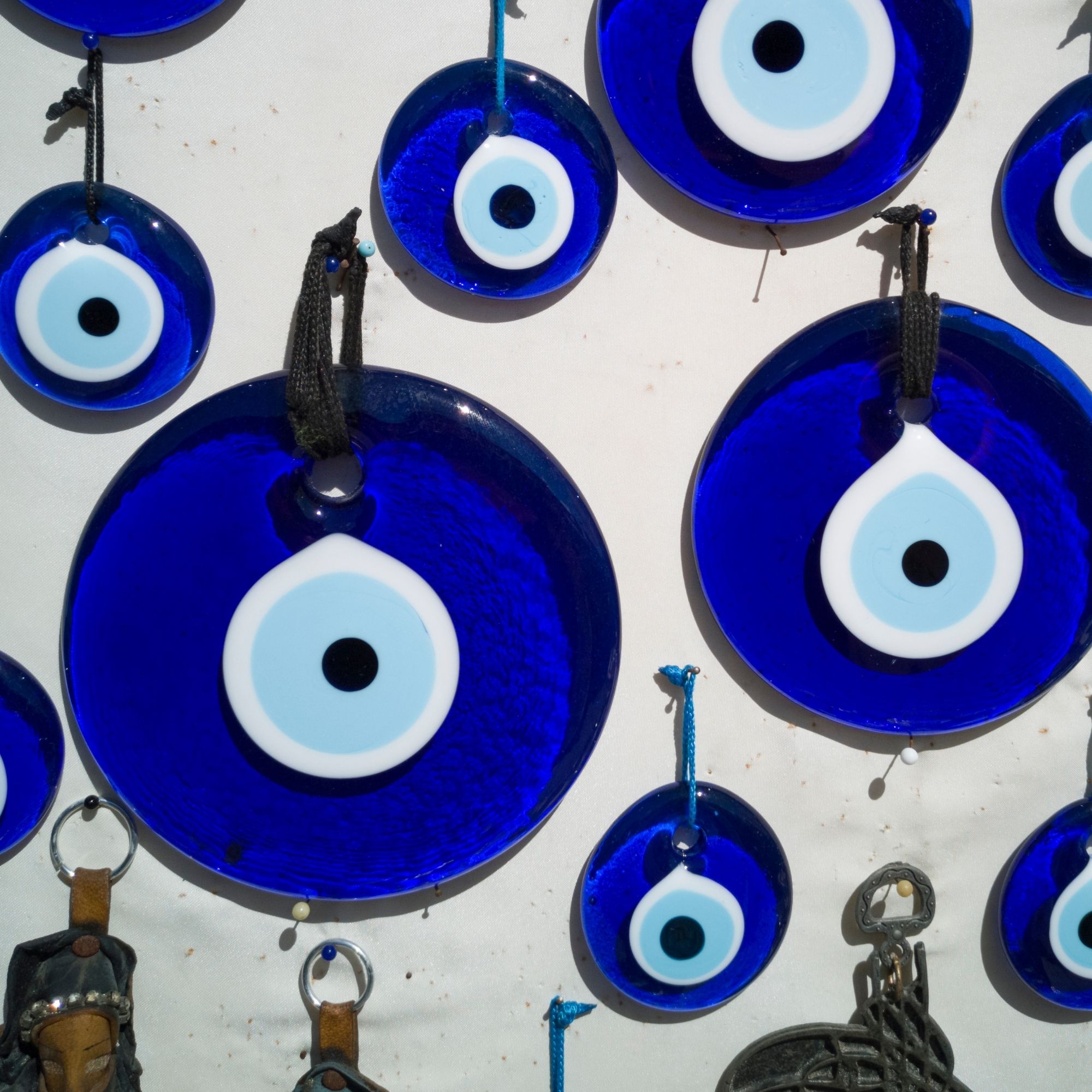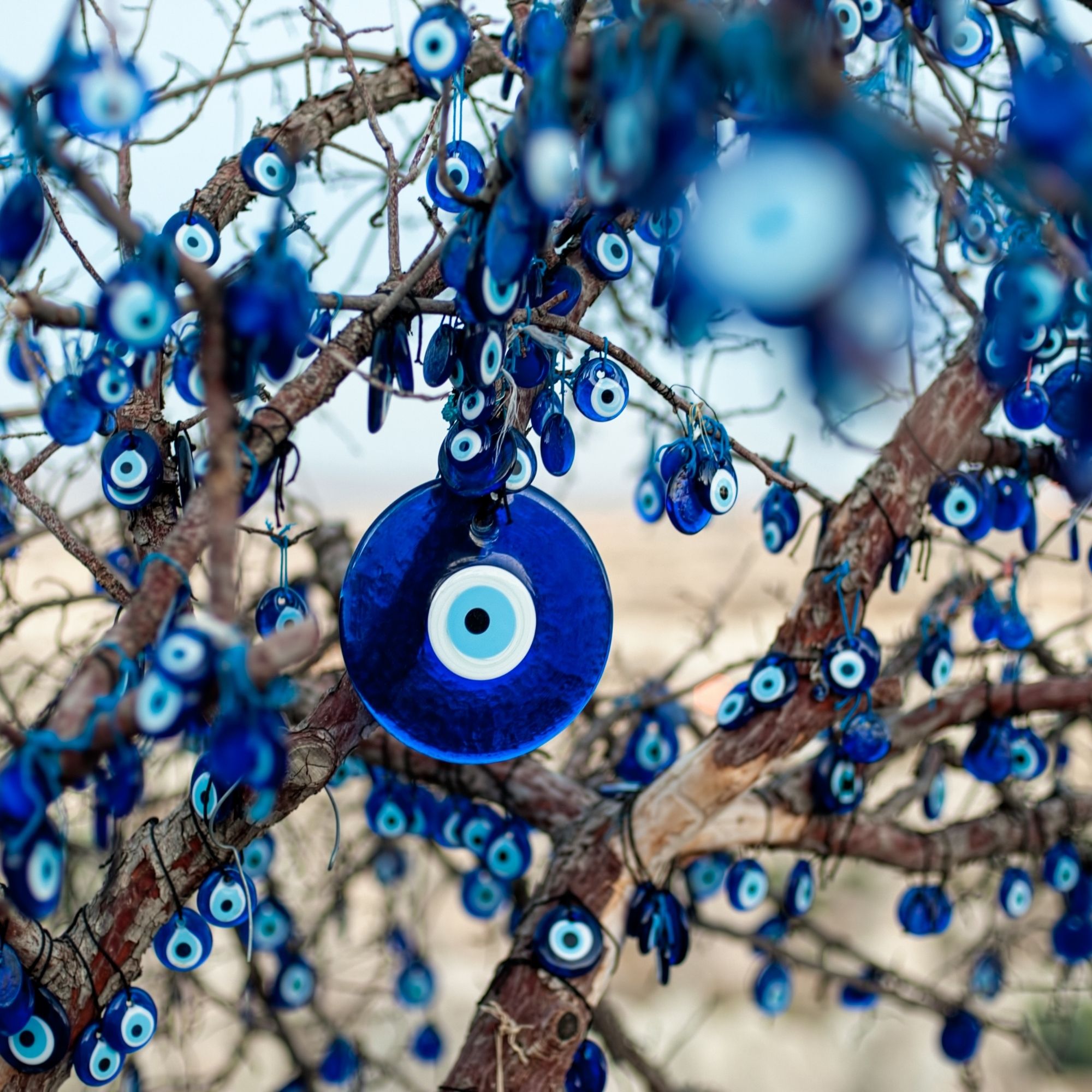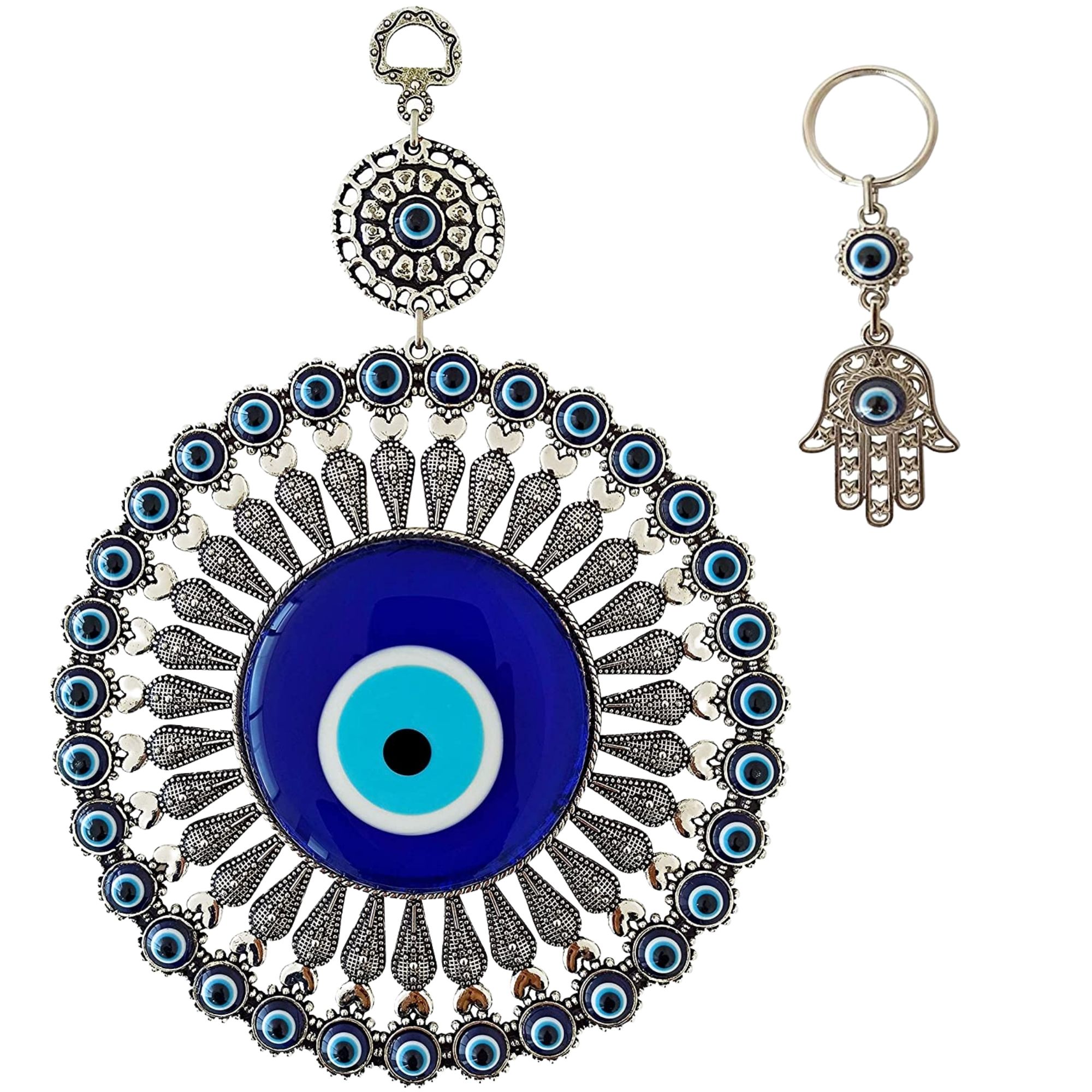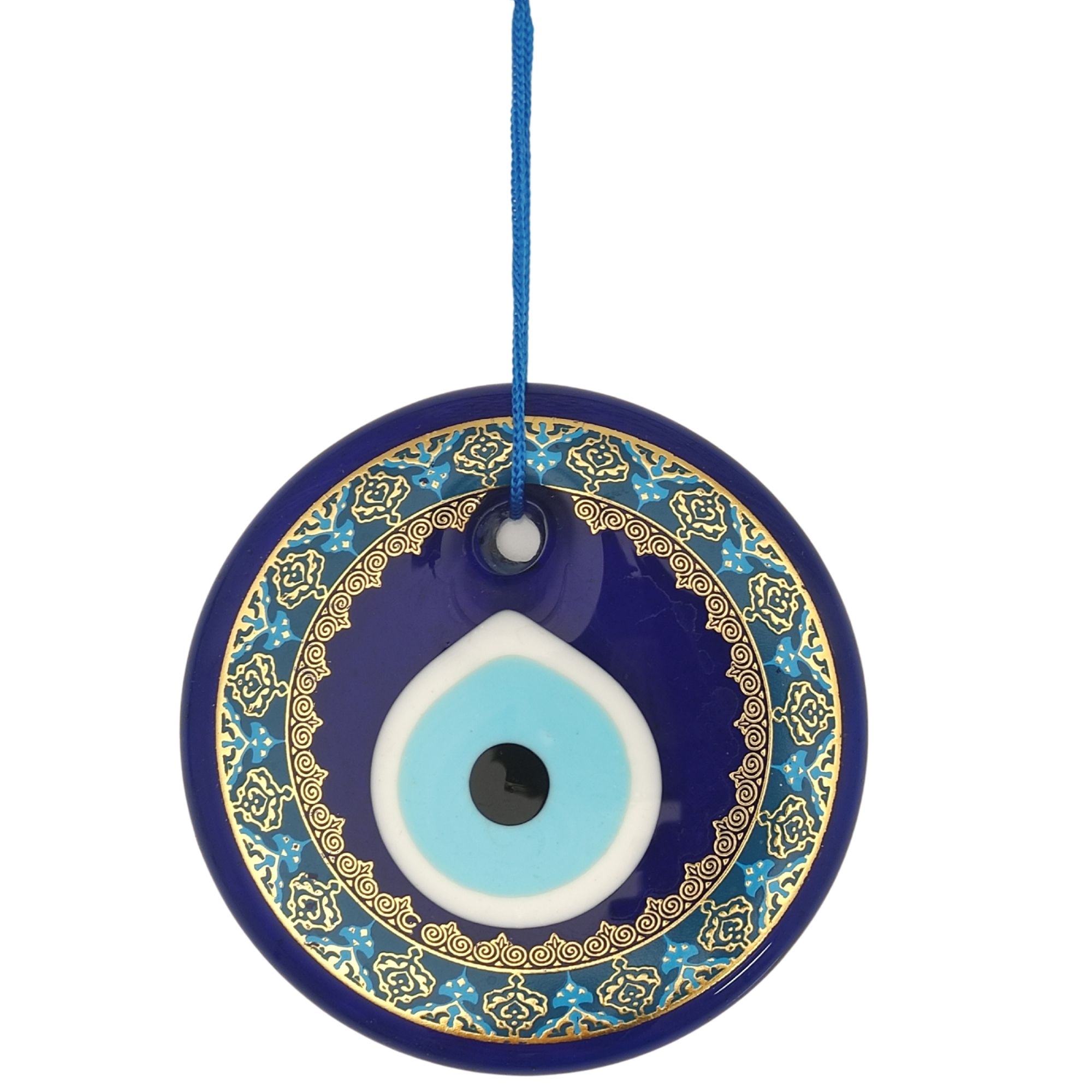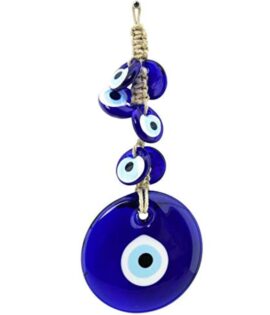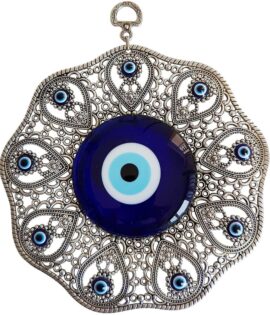- No Products In The Cart
- start shopping
History of the Evil Eye

Nazar Meaning
The meaning is clear in the name. Not that the actual item is evil, but folklore promotes it as something to ward off the gaze of misfortune, jealousy, envy, negative energy such as hate, and spite. Some believe they are talismans, which ward off a curse and bring blessings and positive energy at the same time. For example, a dear friend might give it to the bride in case she is the envy of other women who wish to get married. Likewise, when a child is born, it is of pure innocence, hence the lucky-charm is protection against negativity surrounding them.
History of the Evil Eye
Although it is widely popular in Turkey, it appears in many cultures, including Middle Eastern and Mediterranean countries, and Hebrew texts of Judaism. There are also Buddhist and Tibetan versions. Some research shows the eye-protection first appearing in classical Greece, but other publications suggest its origins lay in North African countries and Egypt. Some connections also compare it to Medusa. After Perseus cut her head off, anyone looking into her mystical eyes, which brimmed with evil energy, turned to stone; hence the eye symbolises the act. The reason for the colour blue is unclear, but in ancient times, many Turkish urban legends suggested anyone who had blue eyes was full of evil spirits. Regardless, its cultural importance is still significant enough for UNESCO to list the beliefs, practises and craftmanship on their intangible heritage list. In the Anatolian area of Cappadocia, many trees also have the blue sapphire charm hanging off the branches.
